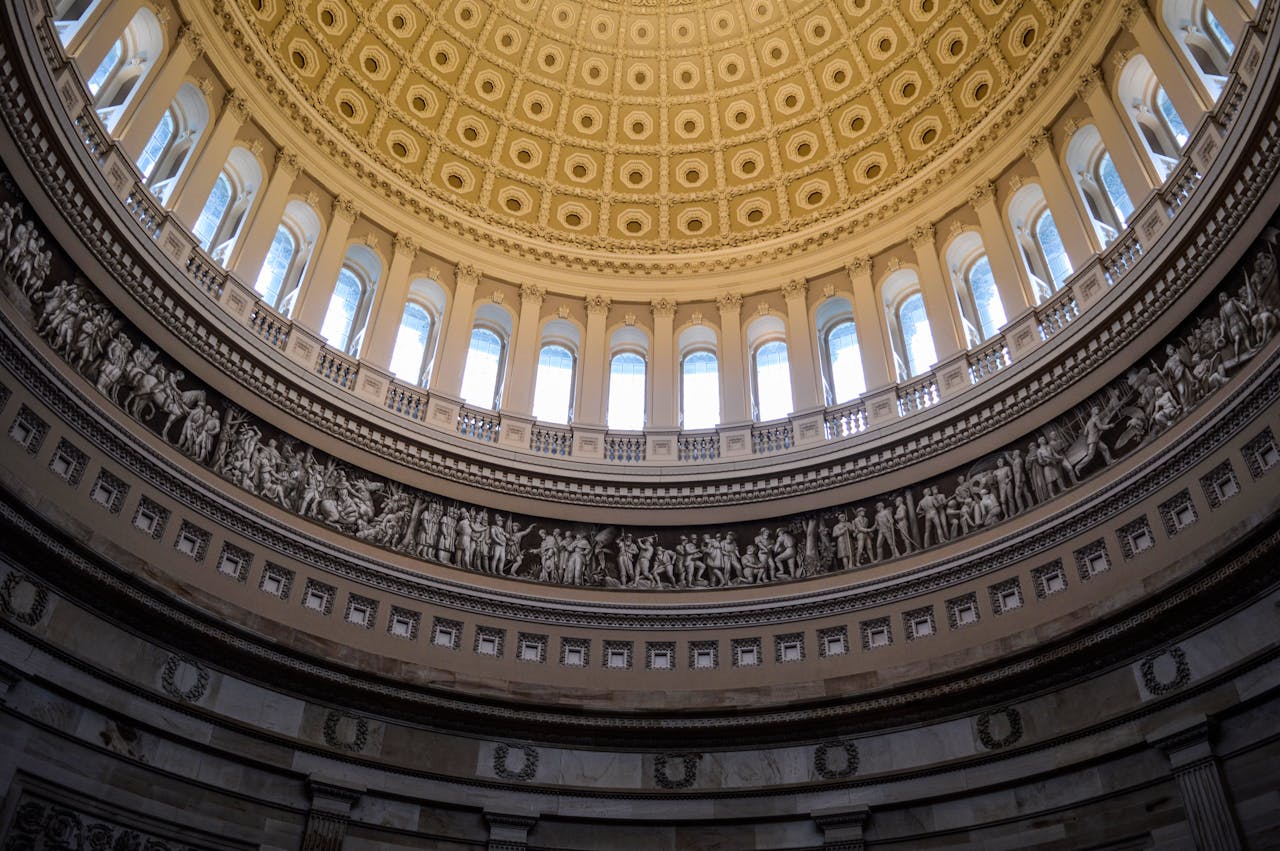Featured Blogs
On March 6, 2025, the Senate Committee on Health, Education, Labor, and Pensions (HELP) held a confirmation hearing to consider the nomination of Dr. Martin Makary to be the Commissioner of the Food and Drug Administration (FDA). The hearing touched on several topics, including the FDA’s advisory committee on vaccines, the regulation of Mifepristone, prescription drugs/medical devices, and the impact of layoffs within the agency. The HELP Committee has scheduled an Executive Session on March 13 to consider Dr. Makary’s nomination.
WITNESS TESTIMONY
OPENING STATEMENTS
MEMBER DISCUSSION
Vaccines and Related Biological Products Advisory Committee (VRBPAC)
ne of the most frequently mentioned topics during member questioning was the decision by the Trump administration to cancel a March 13 meeting of the VRBPAC to discuss which strains of influenza to include in the vaccine ahead of the next flu season. Senators who questioned Dr. Makary on this topic wanted to know his thoughts about the decision and whether he would reschedule the meeting. Dr. Makary said he was not involved in the decision to cancel the meeting but would look into it if confirmed. In response to a question from Sen. Patty Murray (D-WA), Dr. Makary said he would reevaluate the topics of those meetings. In response to a question from Sen. Susan Collins (R-ME), Dr. Makary said VRBPAC will be meeting if he is confirmed. Sen. Tammy Baldwin (D-WI) expressed her concerns that Health and Human Services (HHS) Sec. Kennedy may be planning to replace current experts on VRBPAC with vaccine skeptics. Dr. Makary said he was unsure what she was referring to but had no preconceived plans to rearrange any advisory committees. Additionally, he committed to maintaining scientific integrity on committees and receiving independent input from outside experts.
Mifepristone
The subject of how the FDA regulates Mifepristone, which is used to end early pregnancies, was another topic featured in the hearing. Republicans who mentioned it expressed concerns that changes made during the Biden administration to ensure easier access to the drug did not take women’s safety into account, and Sen. Josh Hawley (R-MO) accused the Biden administration of making these changes because of its pro-choice stance. Democrats such as Sen. Maggie Hassan (D-NH) countered by saying there was overwhelming evidence that the drug is safe and effective. Ultimately. Dr. Makary expressed his views that he was not coming in with any preconceived ideas about the drug but that he intended to follow the data and that he would be submitting the drug to the requirements under the risk evaluation and mitigation strategies program.
Prescription Drugs and Medical Devices
Unsurprisingly, topics surrounding the regulation of prescription drugs and medical devices came up a lot during the hearing. Regarding prescription drugs, Senators Collins, Hassan, and others brought up their interest in working with the FDA to increase the availability of generic medications. Dr. Makary expressed his support for working with Senators on this point. Dr. Makary also noted on several occasions his desire to find ways to speed up the timeline in terms of access to both therapeutics and medical devices in a safe way. For example, in response to a question from Sen. Lisa Murkowski (R-AK) about the FDA’s approval process for ALS treatments, Dr. Makary expressed his views that regulatory decisions about the approval of treatments at the FDA should be tailored to account for the specific disease. Sen. Lisa Blunt Rochester (D-DE) also raised her concerns about drug shortages, especially how they affect children’s hospitals. She asked Dr. Makary if he thought the FDA should take a leading role in addressing drug shortages. He said they should take a role but it’s bigger than the FDA. Regarding medical devices, Sen. Tim Kaine (D-VA) asked about using user fees from the medical device industry to fund post-approval surveillance. Sen. Jim Banks (R-IN) also asked about giving patients the option for non-paper instructions for medical devices. In his response to both questions, Dr. Makary noted that those were decisions that Congress would have to make but that he would be happy to work with Congress on these policy questions.
FDA Layoffs
Several Senators also expressed concerns about the impact of FDA staff layoffs on the agency’s ability to f ulfill it s mission. Senators raised specific concerns about how layoffs could impact food safety inspections, drug approvals, and tobacco product regulation. Additionally, there were questions about the logic of cutting FDA staff to save taxpayer money for positions funded by user fees. Dr. Makary was also asked by Senators on both sides of the aisle if he would be responsible for staffing decisions if confirmed as FDA Commissioner. He said he would but would be happy to accept feedback from members of Congress and the administration. He also committed to initial and ongoing reviews of the staffing needs of the FDA.
On March 5, 2025, the Senate Help, Education, Labor, and Pensions (HELP) Committee held a hearing on the nomination of Dr. Jayanta Bhattacharya to serve as Director of the National Institutes of Health (NIH).
On February 28, 2025, the Medicaid and CHIP Payment and Access Commission (MACPAC) held the second day of their February meeting. The topics covered included “Automation in the Prior Authorization Process” and “Appropriate Access to Residential Services for Children and Youth with Behavioral Health Needs: Interview Findings.”
On February 27, 2025, the Medicaid and CHIP Payment and Access Commission (MACPAC) met for Day 1 of their February meeting. Topics ranged from medication coverage for opioid use disorder, to home and community-based services (HCBS), to Medicaid supplemental or directed payments.





